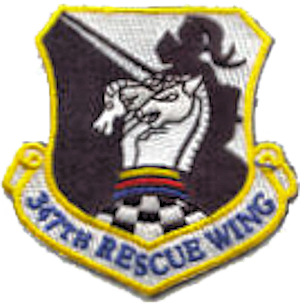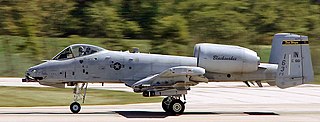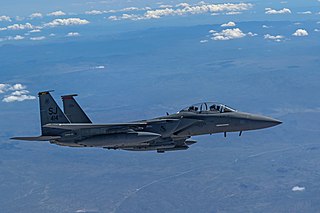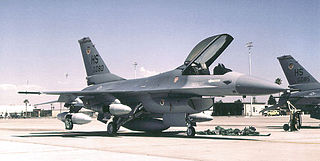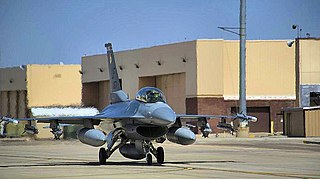- Baer Field, Indiana, 30 January 1942
- New Orleans Army Air Base, Louisiana, 6 February–19 May 1942
- RAF High Ercall (AAF-346), [8] England, c. 12 June 1942
- RAF Westhampnett (AAF-352), [8] England, 1 August–23 October 1942
- Tafaraoui Airfield, Algeria, 8 November 1942
- La Senia Airfield, Oran, Algeria, 14 November 1942
- Thelepte Airfield, Tunisia, 6 February 1943
- Tebessa Airfield, Algeria, 17 February 1943
- Youks-les-Bains Airfield, Algeria, 22 February 1943
- Kalaa Djerda Airfield, Tunisia, 26 February 1943
- Thelepte Airfield, Tunisia, 11 March 1943
- Djilma Airfield, Tunisia, 7 April 1943
- Le Sers Airfield, Tunisia, 12 April 1943
- Korba Airfield, Tunisia, 17 May 1943
- Gozo, Malta, 3 July 1943
- Ponte Olivo Airfield, Sicily, Italy, 13 July 1943
- Agrigento Airfield, Sicily, Italy, 21 July 1943
- Termini Imerese, Sicily, Italy, 5 August 1943
- Milazzo Airfield, Sicily, Italy, 5 September 1943
- Montecorvino Airfield, Italy, 21 September 1943
- Pomigliano Airfield, Italy, 14 October 1943
- Castel Volturno Airfield, Italy, c. 19 January 1944
- San Severo Airfield, Italy, 4 April 1944
- Mondolfo Airfield, Italy, 4 March 1945
- Triolo Airfield, Italy, 15 July–5 August 1945
| - Drew Field, Florida, August–7 November 1945
- AAF Station Giebelstadt, Germany, 20 August 1946
- AAF Station Kitzingen, Germany, c. 30 September 1946 – 25 June 1947
- Langley Field, Virginia, 25 June 1947
- Turner Field (later Turner Air Force Base), Georgia, 4 September 1947
- Deployed to RAF Manston, England 26 December 1950 – 25 July 1951
- Deployed to Misawa Air Base, Japan 20 July – 16 October 1952, 7 November 1953 – 9 February 1954
- Deployed to Eielson Air Force Base, Alaska 5 January – 9 February 1957
- George Air Force Base, California, 15 March 1959
- Deployed to Aviano Air Base, Italy 9 July – 15 November 1960
- Deployed to Spangdahlem Air Base, Germany 9 October – 26 November 1961
- Deployed to Kadena Air Base, Okinawa 7 July–22 December 1962
- Deployed to Itazuke Air Base, Japan 26 September–31 December 1963
- Deployed to Cigli Air Base, Turkey 5 August–27 November 1964, 18 January–24 April 1966
- Tuy Hoa Air Base, South Vietnam, 16 December 1966 – October 1970
- England Air Force Base, Louisiana, c. 9 October 1970
- Homestead Air Force Base, Florida, 30 October 1970 (operated from Shaw Air Force Base South Carolina after 23 August 1992)
- Shaw Air Force Base, South Carolina, 1 October 1992 – 31 December 1993
- Luke Air Force Base, Arizona, 1 April 1994 – present) [2]
|














